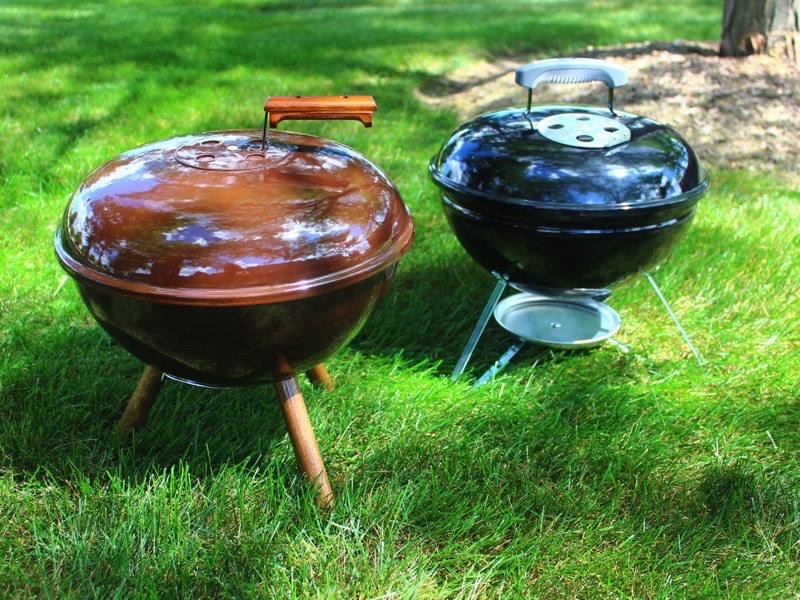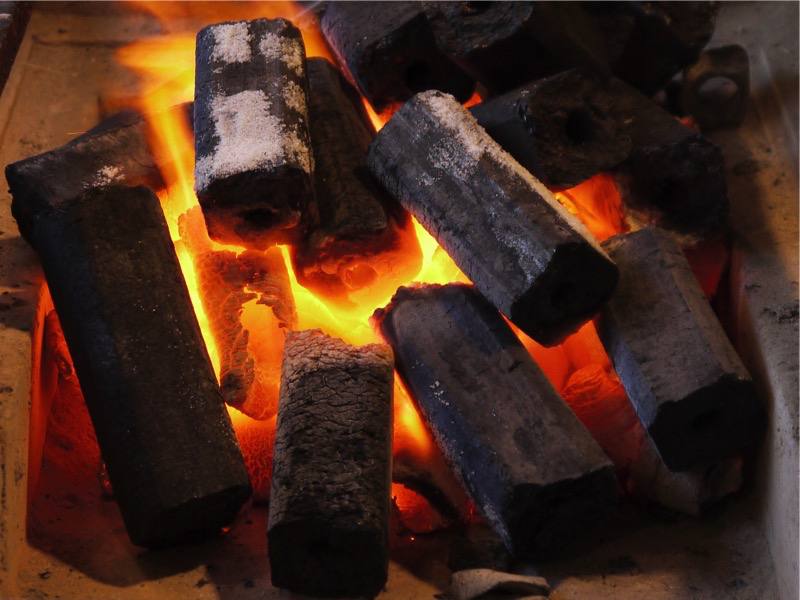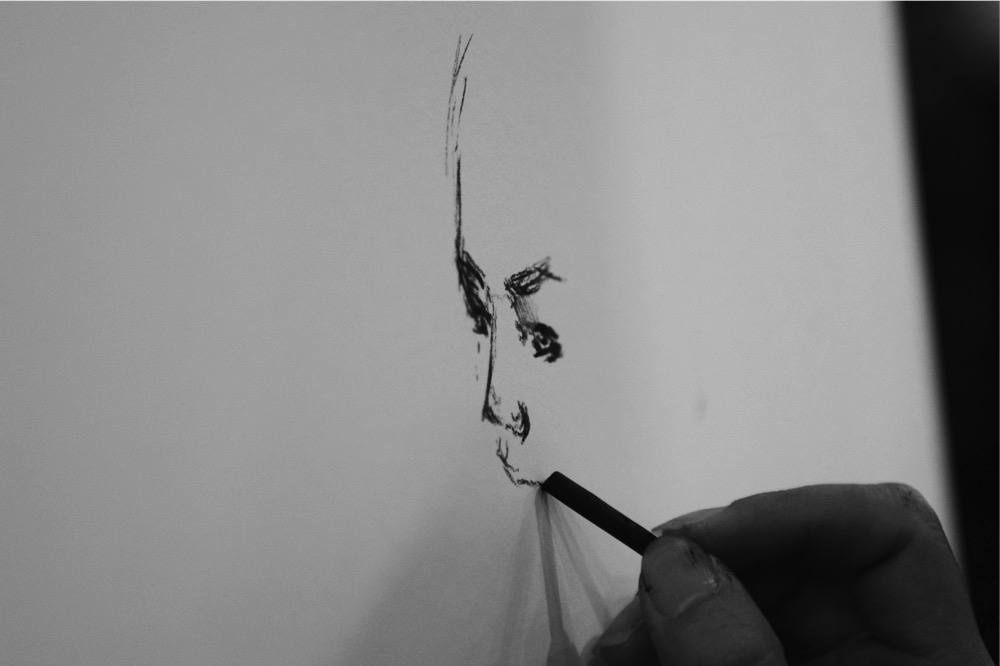How good is American Wagyu Beef? My Experience with American Wagyu
After my friend Joey and I returned to The States from our trip to Japan, we were wanting to try American wagyu to see how it compared to Japanese wagyu. We found the website MishimaReserve.com which specializes in selling American Wagyu beef. We opted for the highest quality rib-eye they carry. It came in a day later than anticipated, but was still frozen. We were a little worried since we dropped about $100 a piece on them. Once the order came in, our worries subsided. There they were… beautifully marbled frozen American wagyu rib-eyes. As our worries faded momentarily, we then realized that we had to cook these things. I shouldn’t have been worried I’ve cooked countless steaks, and the only critics were ourselves, but when you have invested in such an expensive cut of meat, you definitely don’t want to mess it up.

The steaks turned out amazing! Such a tender texture with buttery taste seasoned with our own Steak Beautiful – Hickory. The recipe was quite simple. In fact, it was really just a matter of cook time.
2 Steaks (we preferred these American wagyu rib-eyes)
1 Bottle of Steak Beautiful – Hickory
A hot charcoal fire
(Prep) If your steaks are frozen like ours were thaw them in the refrigerator overnight.
- Once thawed, remove steaks from fridge season them with Steak Beautiful – Hickory
- Light fire. Get coals peak hot.
- Place seasoned steaks on grill, over direct heat, and let them cook 4 to 5 mins
- Flip steaks. Continue to cook 3 to 5 mins for medium rare, 5 to 7 mins for medium, and for well done, just open the charcoal bag and grab a few briquettes to snack on.
- Let steaks rest. Serve with a baked potato or grilled asparagus.















